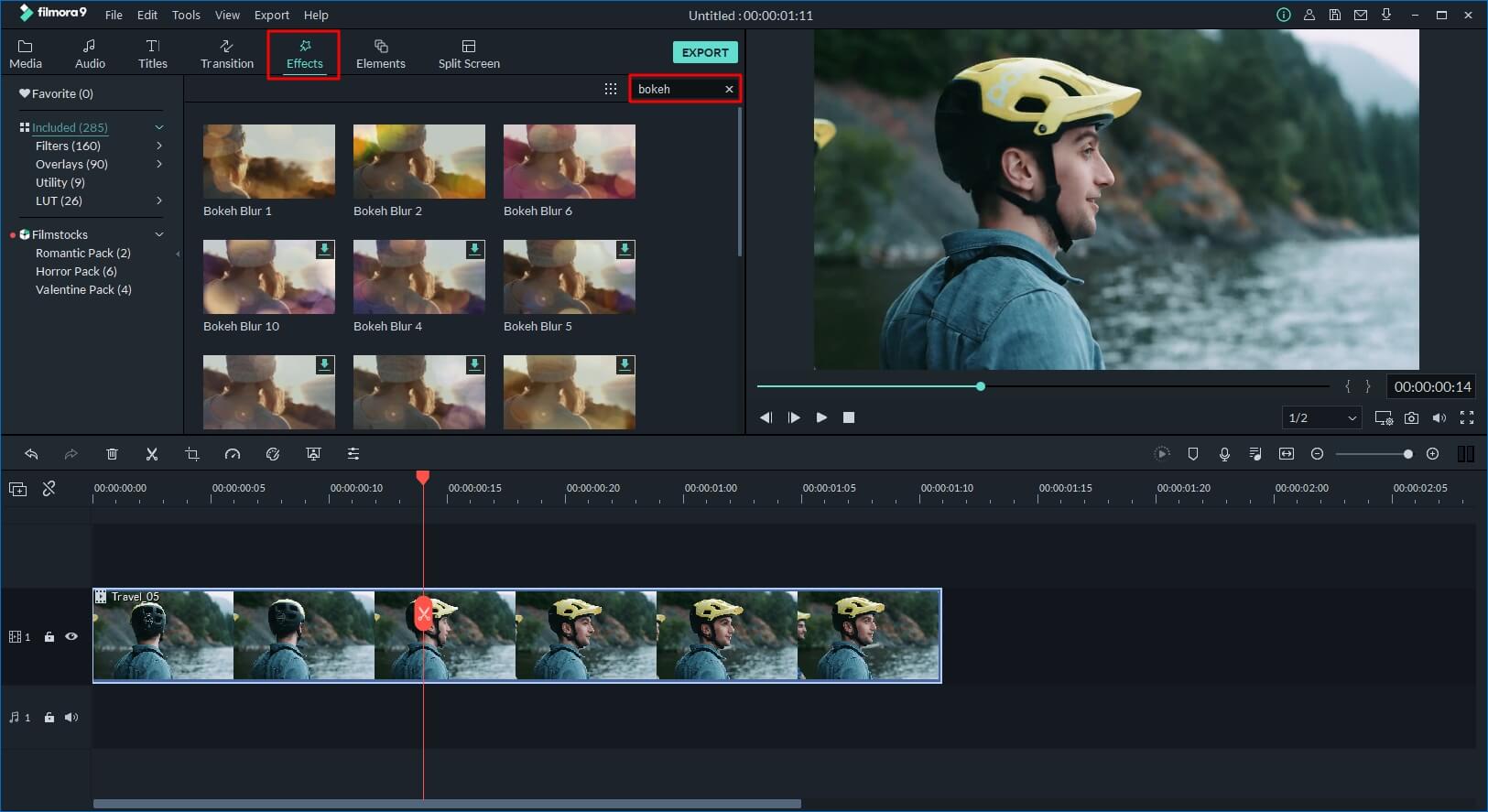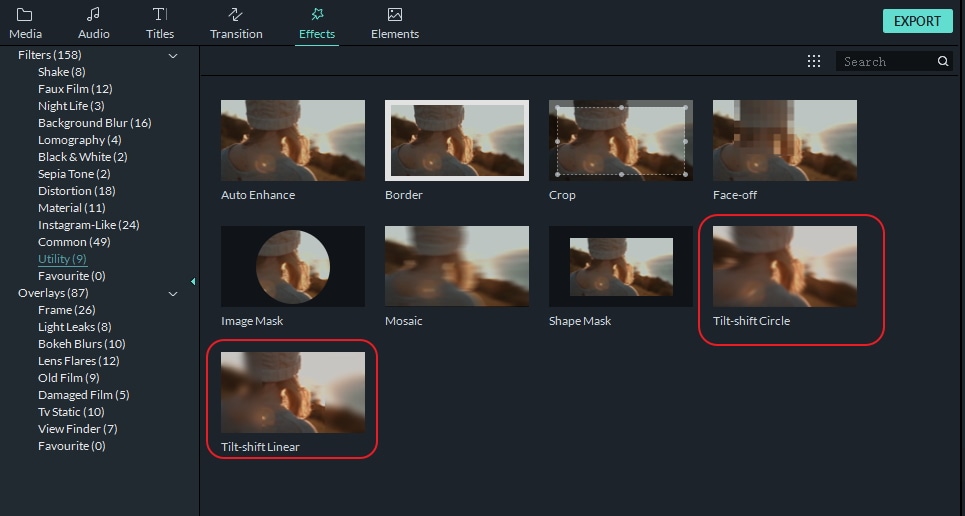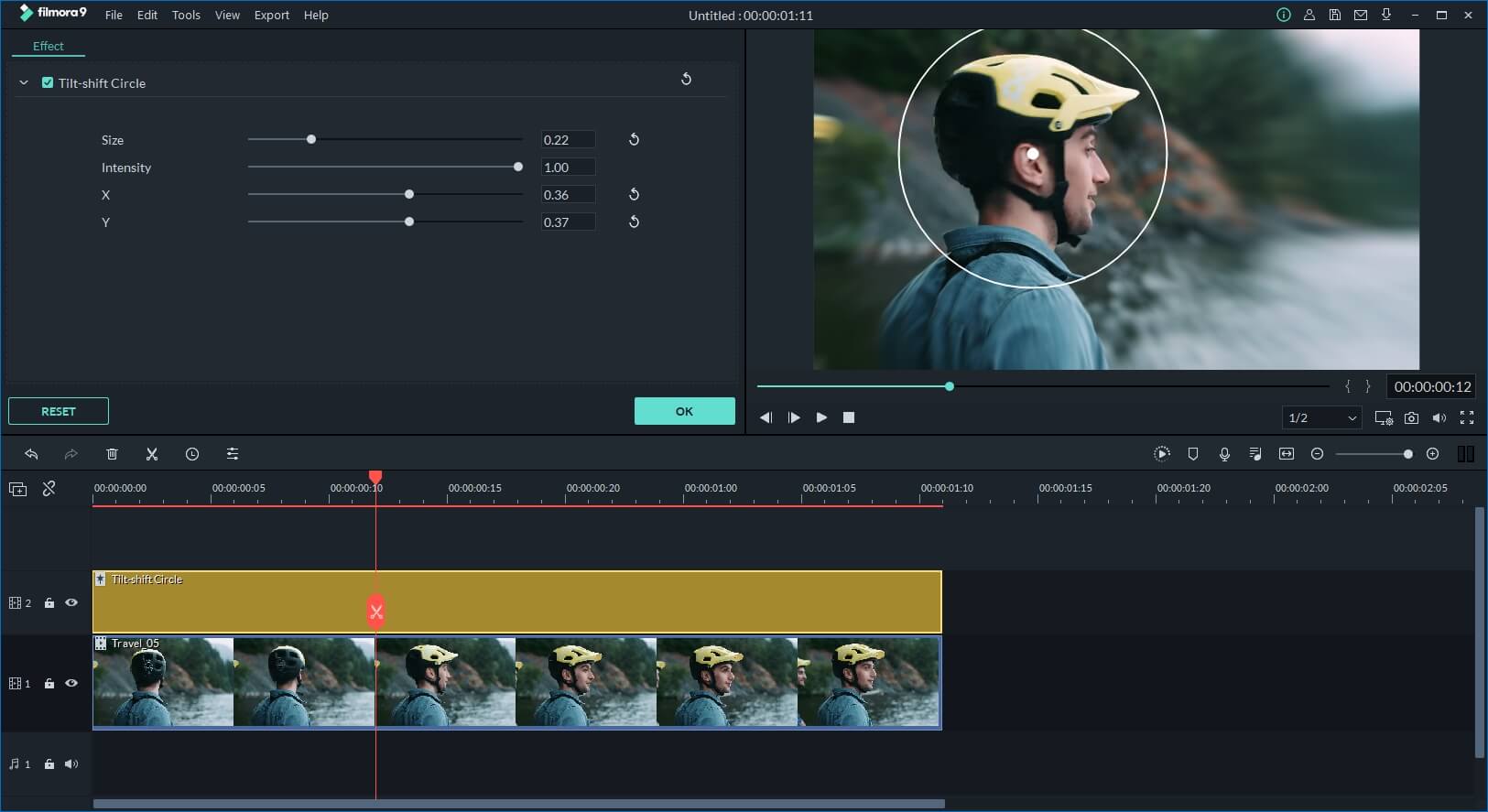![[New] YouTube Enhancement The Art of Background Blur](https://thmb.techidaily.com/416aeeb4188101320497d2ca164fd6a9ed87803b69670867cf0671d294f1cd7b.jpg)
"[New] YouTube Enhancement The Art of Background Blur"

YouTube Enhancement: The Art of Background Blur
How to Blur Background of Your YouTube Video

Richard Bennett
Mar 27, 2024• Proven solutions
A lot of YouTubers like to vlog in front of blurred backgrounds. Blurring the background of your YouTube video is a fast way to make it look more professional – you stand out when you are entirely in focus, and everything behind you is blurry. Plus, it is an easy way to disguise the room you are vlogging from.
Even if your set is clean, there could be things like books behind you, which will distract viewers; they will be trying to read the spines. Blurring out the background of your shot makes your video look polished and keeps people’s focus entirely on you.
- Part 1: Blur YouTube Video Background in Shooting Videos
- Part 2: Add Tilt-Shift Effects to Video in Editing
Disclaimer: This post includes affiliate links
If you click on a link and make a purchase, I may receive a commission at no extra cost to you.
Part 1: How to Blur Background of Your YouTube Video in Shooting Videos
Blurring your background is also how you create a beautiful bokeh lighting effect. Bokeh is when you blur lights in the background of your shot, creating halo-like circles of light. By attaching a filter with a shape cut out to the camera lens, you can even generate bokeh lights in other shapes, like hearts or stars.
Aperture refers to the hole in your lens which allows light into your camera. A narrow aperture lets in less light, and a wide aperture lets in more. The wider your aperture is, the shallower your depth of field will be. Widening your aperture also helps your camera perform better in low-light situations. Widening your aperture too much under the wrong circumstances can let in too much light and result in your footage being overexposed.
Depth of Field is the area of your image that is in focus. If you have a large depth of field, then objects close to and far away from your camera will all be in focus. Only a select area will be focused and the rest will be blurred if you have a shallow depth of field.
F-Stops are the measurement of an aperture’s width. The higher your f-stop, the narrower your aperture will be. To create a blurred background or a bokeh effect, you need a wide aperture, and thus a small f-stop. F-stops are written like ‘f/1.4’. You need an f-stop of less than f/4 to blur your background, and less than f/2.8 for bokeh.
1. Blurring and Bokeh
Blurred backgrounds and bokeh are very closely related. A bokeh effect is essentially a blurred background that includes lights.
To achieve a blurred background or a bokeh effect, you need to have a shallow depth of field. That means a wide aperture and a low f-stop.
2. How to Blur your Background
Place your subject – in the case of a vlog, your subject is probably yourself – in a shallow depth of field, and they will remain sharply in focus while everything behind them is blurred.
If the subject is yourself, you might need a helper to either operate your camera or stand in for you while you set up your camera. You will need to be able to check that the place you plan to stand or sit is in focus.
To get a shallow depth of field, make sure your aperture is wide. Do this by setting a low f-stop. Ideally, your f-stop will be 2.8 or lower, but if your camera cannot go that low, then f/3 or f/4 can also work.
Creating a bokeh effect is mostly the same, except that it works best when your subject/depth of field is very close to the camera, and you have a light source off in the background. Zoom Lenses do not usually have wide enough apertures to create bokeh backgrounds.
Blur Video Background in Post-Production with Wondershare Filmora Video Editor
If you need to blur the video background after shooting, you can use some video editing software to add the bokeh effect or the tilt-off effect in post-production. Here, I will show you how to do that in Filmora.
Filmora is one of the most widely used video editing software among YouTubers. Its user-friendly interface and tutorial guide enables green-hands to start video editing quickly. Besides, you can find many free filters, effects, and elements pre-programmed, so you can use them directly without looking for presets and templates somewhere else.
1. Add Bokeh Filter to Video in Filmora
There are about 20 bokeh effects available in filters and overlays. You can find them easily by typing bokeh in the search bar in Effects.
Note: you should select Included to see all bokeh effects pre-programmed in Filmora. If you need more visual effects, just go to the Filmstock effects store.

Double click the bokeh effect to preview the result, and if you find the bokeh effect fits the video, just drop it to the track above the video. And the bokeh filter or overlay will be applied to the video automatically.
2. Use Tilt-Shift Circle/Linear Effect to Blur Video Background
Filmora features two tilt effects, tilt-shift circle and tilt-shift linear, which allows you to highlight people in the video, blur, and conceal the video background.
Go to the Effects tab and then switch to the Utility menu under Included category.

Here, I will select the Tilt-Shift Circle effect and drop it to the track above the video. Now, you can adjust the size, position, and intensity of the tilt-shift circle effect

You see, the video background is blurred, and the people are highlighted. Now it’s your turn to download the Filmora video editor and try it yourself.

Richard Bennett
Richard Bennett is a writer and a lover of all things video.
Follow @Richard Bennett
Also read:
- [New] The Seamless Media Magic Turning XML, SSA Into Dynamic SRTs
- [Updated] 100+ Cool Gaming Channel Names for Every Gamer
- [Updated] 2024 Approved Transform Your Content Essential YouTube Studio Editing Skills
- [Updated] How To Make a YouTube Trailer for 2024
- [Updated] In 2024, Top 10 Budget-Friendly Apps Revolutionizing Smartphone Imagery
- 2024 Approved Dialing Up Deliverables A Comprehensive Guide to Gainful Vlogging
- 2024 Approved Kickstarting Your YouTube Journey Building & Earning
- 2024 Approved Top Best Fast Photo Viewer for Windows 10?
- Expert Review: Unveiling Features & Performance of the Nook Glowlight 4 E-Reader
- Eye on the Screen YouTube Journey Comparison From Creator to Competitor
- How To Fix Part of the Touch Screen Not Working on Tecno Spark 20 Pro | Dr.fone
- In 2024, Ignite Interest Top-Tier Content to Motivate Viewers
- In 2024, Mini-Mic Marvels Affordable Sound for YouTube Creators
- Instagram's Peak Performance with These Top 8 Planning Tools
- Learn the Ins and Outs of Twitch Live Stream Archiving
- Review of Logitech's Combo Touch - An Effective Substitute for the Iconic iPad Keyboard
- Sage Select Best General Knowledge Channels
- Sourav Joshi’s Financial Journey Charting a Profitable Course on YouTube
- Valorant PC Stability Issues: Fixes & Solutions
- Title: [New] YouTube Enhancement The Art of Background Blur
- Author: Eric
- Created at : 2024-12-01 23:50:08
- Updated at : 2024-12-06 23:27:59
- Link: https://youtube-sure.techidaily.com/outube-enhancement-the-art-of-background-blur/
- License: This work is licensed under CC BY-NC-SA 4.0.


